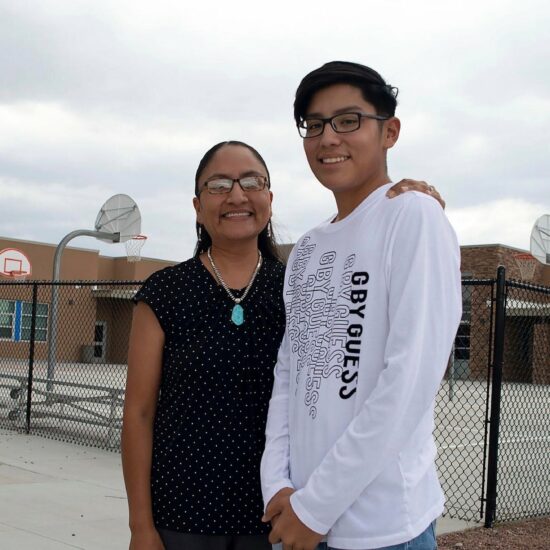
Editor’s Note: This article was written by Abigail Swisher of the National Council on Teacher Quality
My first year in the classroom, many of my fifth grade students still struggled to read. At the start of the year, each of my students was given a laminated bookmark that reminded them of the three strategies they should use when they didn’t know a word, including looking at pictures and using clues from the rest of the sentence to guess the word–strategies that have been debunked by research. Despite my best efforts, many of my students still struggled to read by the time they left my classroom. I would only learn years later that the reading curriculum I was assigned to teach them included methods that directly contradict the settled science on how to teach reading.
Thanks to dedicated advocates, researchers and journalists like Emily Hanford, I eventually learned that the strategy described on these bookmarks, called “three-cueing,” was part of a debunked system of teaching children to read called Balanced Literacy. As awareness has grown about proven practices in what works to teach reading, many current and former teachers like me have become advocates for replacing Balanced Literacy with curricula that follow the science of how children learn to read.
For its part, New Mexico began to move away from Balanced Literacy in 2019 and has made progress to advance a new ‘structured literacy’ approach based on the science of reading. This task has taken on increasing urgency given sobering results from the most recent Nation’s Report Card, which show that 52 percent of New Mexico 4th graders score below basic in reading.
Since 2019, advocates and policymakers across the state have recognized that more must be done to build on the state’s progress. While the state’s 2019 literacy law shifted many aspects of how schools approach literacy, it did not explicitly require that districts adopt evidence-based reading curriculum in every classroom.
In 2022, our team at the National Council on Teacher Quality set out to understand curriculum New Mexico districts were adopting to teach elementary reading. Our team conducted a survey of district leaders, followed by an analysis of curriculum spending data reported to the state by each district. Ultimately, we found that many districts could do more to adopt and skillfully implement research-aligned reading curriculum.
Looking across New Mexico, districts’ use of high-quality curriculum was highly uneven. Using districts’ elementary reading curriculum purchases (reported by districts to the state) NCTQ compared these purchases to evaluations conducted by independent curriculum evaluator EdReports. Our analysis found that only 10 percent of curricula met expectations in all domains of quality in EdReports. 28 percent of curricula purchased received a score in the two lowest rating categories (“partially meets” or “does not meet” expectations) in one or more domains of quality.
The majority of the curricula districts reported purchasing were difficult to evaluate for quality: 63 percent of total curriculum purchases reported by districts included insufficient evidence to determine their quality using EdReports.
Our analysis also found that some districts are purchasing curricula that go against what experts know works to teach children how to read. Several districts captured in our analysis reported using Fountas & Pinnell or Lucy Calkins’ Readers Workshop, the two most popular Balanced Literacy curricula, which have both received failing grades from independent curriculum evaluators.
At the same time, we were also deeply concerned by how difficult and labor intensive it is (even for a research organization) to understand what curricula districts in New Mexico use to teach reading. Using the state’s reported financial data and our additional contact with districts, NCTQ staff spent over 550 hours collecting and analyzing data in order to answer these questions–far more time than state officials likely have at their disposal.
New Mexico has already taken important steps to adopt an approach based on the most up-to-date evidence on what we know works to teach children to read. Indeed, many New Mexico teachers have already received high-quality professional development in the science of reading–highlighting the disconnect between what teachers are being taught and the resources they are given.
Our results suggest that many teachers don’t yet have access to the necessary resources to successfully teach students to learn to read. Providing every teacher and every student access to high-quality curriculum aligned to scientifically-based literacy instruction (including all five foundational components of learning to read) is an essential next step to advance the state’s commitment to structured literacy.
Abigail Swisher is a former elementary teacher, education organizer, and current Policy and Programs Director at the National Council on Teacher Quality.







